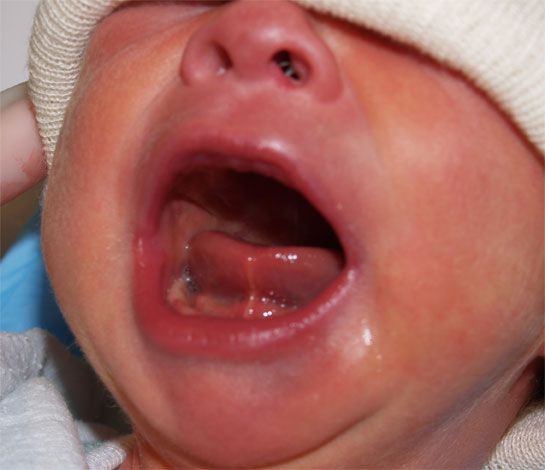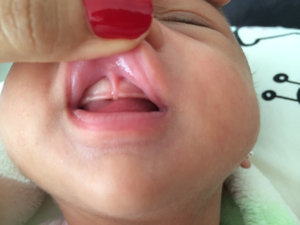So many parents envision a very different experience than the one they get with their newborns. Instead of the relaxed, cuddly baby who just eats, sleeps, and poops, did you get a baby who arches, scream, and struggle to feed? Does your baby's head or neck look asymmetrical? Is it difficult to emotionally connect, to get enough rest, or do you feel like all your energy is going to just getting another ounce or two of weight gain onto your baby?
Craniosacral therapy is a wonderful tool for promoting ease, balance, and relaxation in babies. We imagine the baby's brain and spinal cord like a jellyfish. Fluid called cerebrospinal fluid, or CSF, hydrates the whole system. Releasing the restrictions in the fascia (which surrounds both individual muscles and groups of muscles) along the hips and spine so the motion in head and sacrum can be full is the goal of CST. So this jellyfish in fluid of course is encased in small skull and spinal bones which are not fully fused yet. (Babies' heads and brains don't come out fully developed - that would be creepy! So the birthing process can put pressure on certain parts of the skull, while other parts don't get much molding) With craniosacral, putting just a few ounces of pressure on these small bones (especially where there are ridges or gaps which are not the typically soft spots) with the intention of taking pressure off the jellyfish allows the parts of the skull to move more easily.
Babies absolutely LOVE receiving craniosacral therapy. They often sleep right through their sessions, and are known to have a big blowout and a long nap right after their session. Once we identify the baby's major patterns, we show parents or caregivers stretches or exercises to help balance baby out even more at home. This helps baby's brain to have room to grow and develop to its full potential.
Reach out for more information or to schedule a session!
 :
: